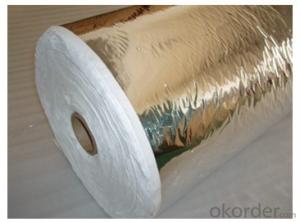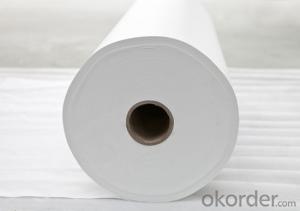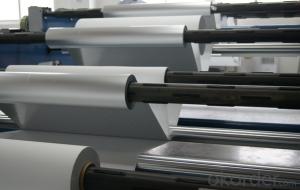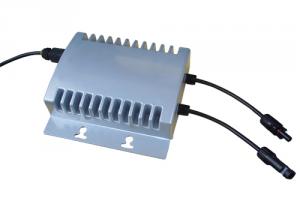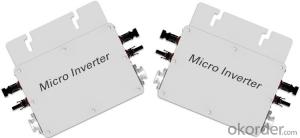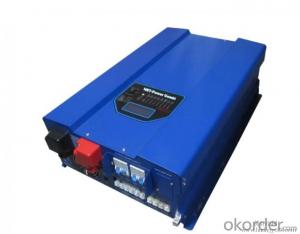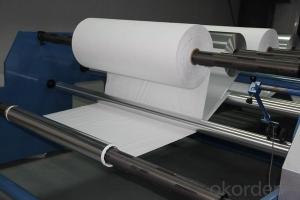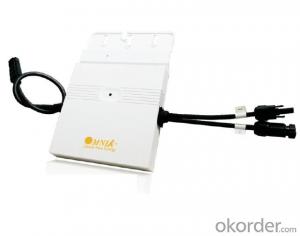Micro Inverter Solar Kit
Micro Inverter Solar Kit Related Searches
Ac Inverter For Solar Panels Solar Panel With Ac Inverter Gas Furnace With Ac Panda Hot Water Bottle Cover Minion Hot Water Bottle Cover Abb Solar Water Pump Inverter Solar Water Pump Philippines Extra Long Hot Water Bottle Solar Panel Dc To Ac Inverter Old Fashioned Hot Water BottleHot Searches
Solar Inverter Kit Price Buy Hot Water Bag Solar Inverter Pcb Kit Cost Of Cement Bag Silver Tea Set Prices Silver Dinner Set Online Shopping Type Of Inverter For Solar Types Of Inverter For Solar Used Solar Inverter For Sale Inverter Size For Solar System Solar Edge Inverter For Sale 5kw Solar Inverter For Sale Solar Inverter For Sale Solar Inverter For Battery Solar Inverter For Split Ac Solar Inverter For Laptop Solar Inverter For Fridge Solar With Inverter Price Solar Inverter With 2 Battery Solar Inverter Price In ChinaMicro Inverter Solar Kit Supplier & Manufacturer from China
Okorder.com is a professional Micro Inverter Solar Kit supplier & manufacturer, offers integrated one-stop services including real-time quoting and online cargo tracking. We are funded by CNBM Group, a Fortune 500 enterprise and the largest Micro Inverter Solar Kit firm in China.Hot Products
FAQ
- To calculate the efficiency loss due to temperature for a solar inverter, you would typically refer to the manufacturer's specifications and documentation. The efficiency loss can be determined by comparing the inverter's rated efficiency at a specific temperature (usually 25 degrees Celsius) to its efficiency at the desired operating temperature. The manufacturer may provide a temperature coefficient, which represents the percentage decrease in efficiency for every degree increase in temperature. By multiplying the temperature coefficient with the difference between the desired operating temperature and the reference temperature, you can estimate the efficiency loss due to temperature.
- To connect a solar inverter to solar panels, the DC output of the solar panels needs to be connected to the DC input of the inverter. This is usually done using appropriately sized and rated solar cables and connectors. The positive terminal of the solar panel is connected to the positive terminal of the inverter, and the negative terminal of the solar panel is connected to the negative terminal of the inverter. Properly following the manufacturer's instructions and guidelines is crucial to ensure a safe and efficient connection.
- A solar inverter works by converting the direct current (DC) electricity produced by solar panels into alternating current (AC) electricity that can be used to power household appliances and be fed into the electrical grid. It performs this conversion by using electronic components, such as transistors and capacitors, to change the voltage and frequency of the electricity. The inverter also monitors the solar panel's output and adjusts its operation to ensure optimal performance and efficiency.
- A solar inverter communicates with other system components through various methods such as wired connections, wireless technologies, and communication protocols. It can be connected to the energy management system or smart grid through Ethernet cables or Wi-Fi for data exchange and control. Additionally, it may use communication protocols like Modbus or SunSpec to transmit information to monitoring devices, batteries, or other renewable energy sources within the system.
- A solar inverter handles fluctuations in solar panel output by continuously monitoring the voltage and current from the panels. It adjusts the input parameters to maintain a stable output power, compensating for variations in sunlight intensity, temperature changes, and other environmental factors. This ensures a consistent and reliable supply of electricity from the solar panels to the connected electrical load or the grid.
- Yes, a solar inverter can be used with solar concentrators. Solar concentrators are designed to focus sunlight onto a smaller area, increasing its intensity. The concentrated sunlight is then converted into electricity by the solar panels and fed into the solar inverter, which converts the DC power generated by the panels into AC power suitable for use in homes or businesses. Therefore, solar concentrators and solar inverters can work together to maximize the efficiency and output of a solar energy system.
- The lifespan of capacitors in a solar inverter can vary depending on several factors such as the quality of the capacitors used, operating conditions, and maintenance. However, on average, capacitors in a solar inverter can have a lifespan of around 10 to 15 years.
- Shade negatively impacts the performance of a solar inverter as it reduces the amount of sunlight reaching the solar panels, thereby reducing the amount of electricity generated. Inverters are designed to operate optimally under full sunlight, and when shaded, their efficiency decreases, leading to a decrease in overall energy production. Additionally, shade can cause hotspots on panels, potentially damaging the system and reducing its lifespan. To ensure maximum performance, it is important to minimize shade and ensure unobstructed sunlight for solar inverters.



